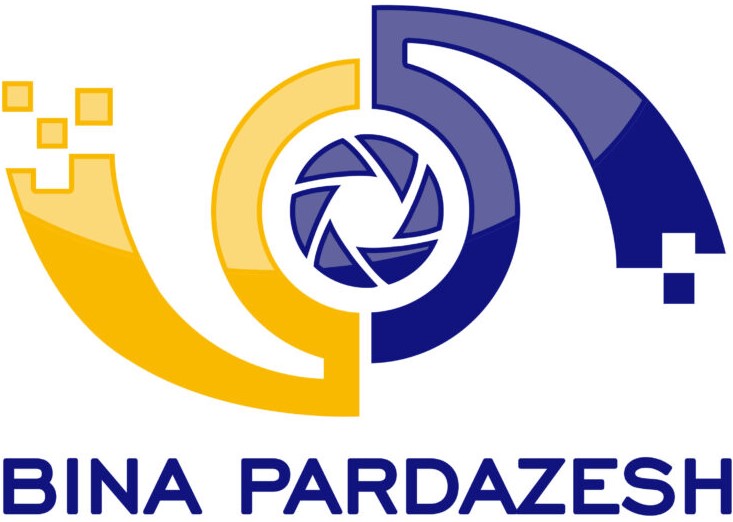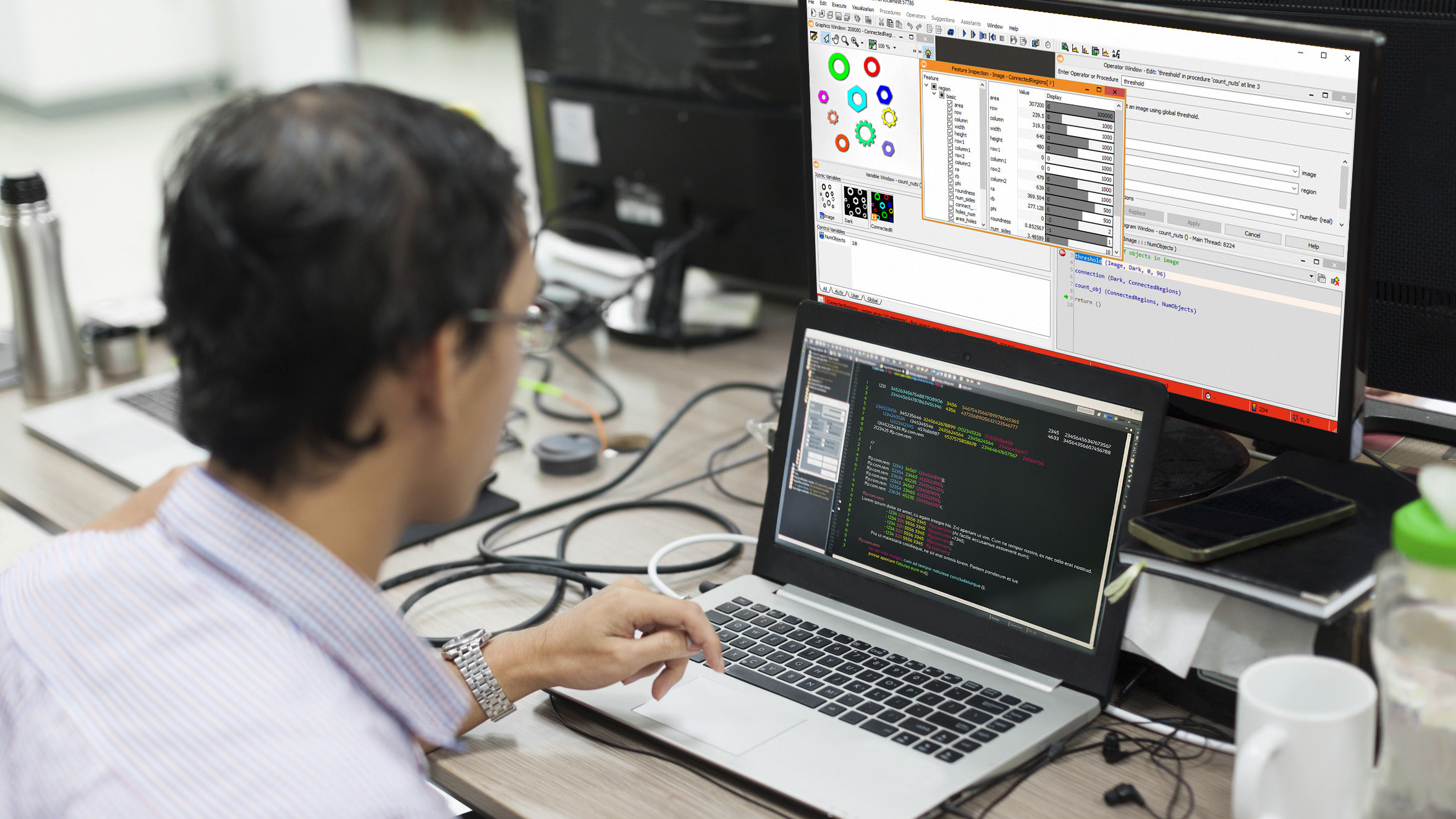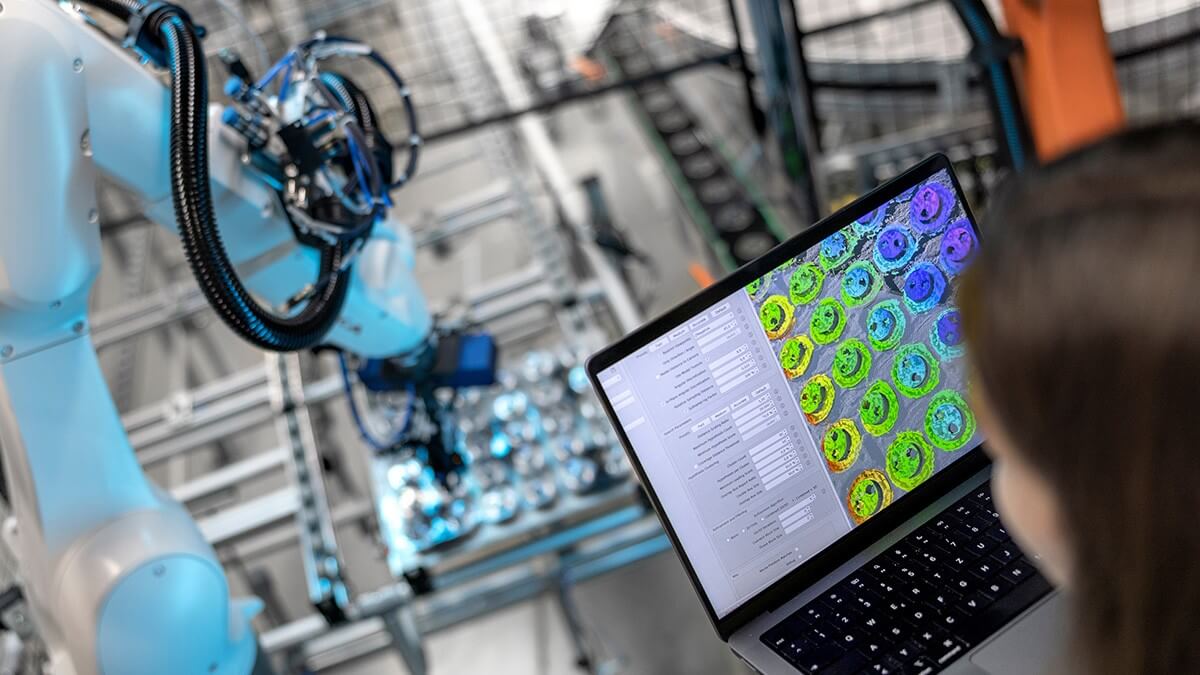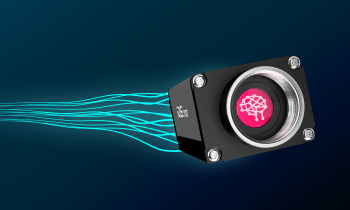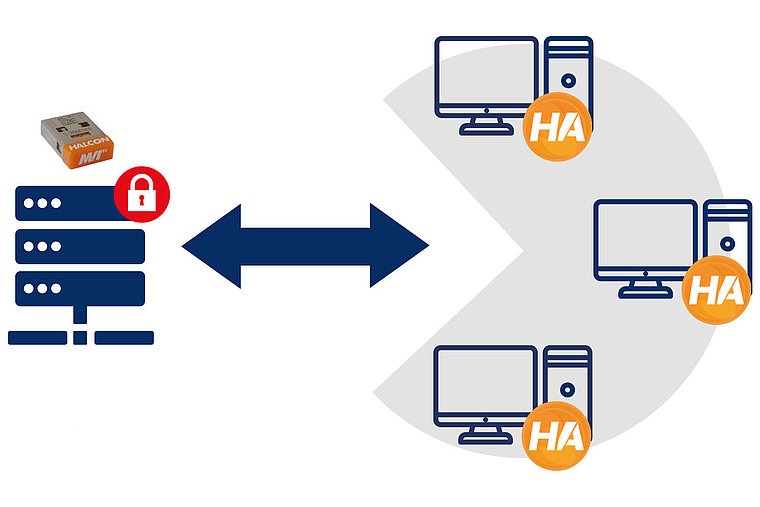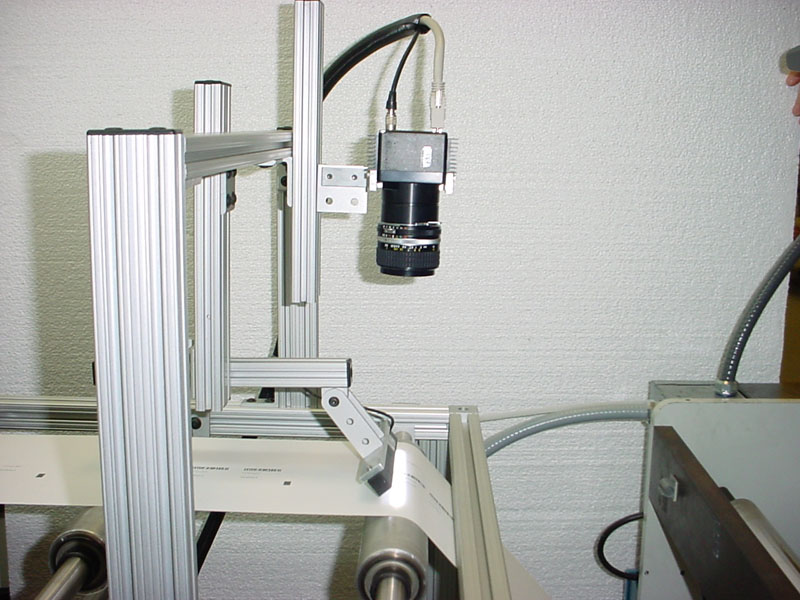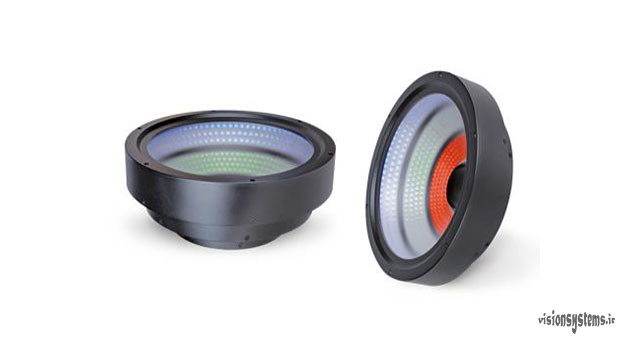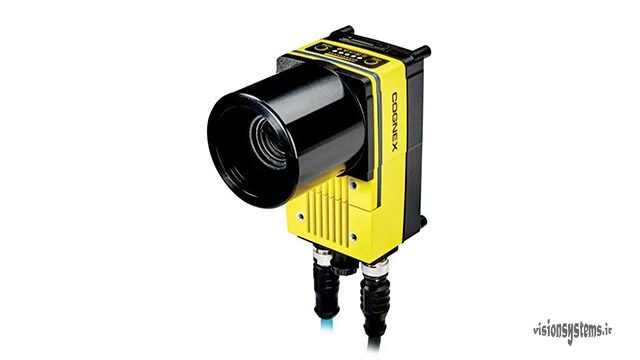Resolution in Line Scan Cameras
Line Scan cameras generally have resolutions of 2k, 4k, 6k, 8k, and 12k. The way resolution is expressed in Line Scan cameras is slightly different. These cameras capture only one line of the image at a time. The resolution value in Line Scan cameras indicates the number of pixels in that line. So, when we say the resolution of a Line Scan camera is 2k, it means one side of the image has a maximum of 2000 pixels, and the number of pixels on the other side of the image is adjustable through software. For example, if we set this number to 3000, we would receive an image with dimensions of 2000 by 3000, and the resolution of this image would be the product of 3000 and 2000, equal to 6 megapixels.
Image Capture from Line Scan Cameras with High Resolution and Speed
Line Scan cameras, compared to regular cameras, can capture images with higher resolution. One reason for this is that regular cameras capture an image from an area, while Line Scan cameras capture an image from a line. This allows Line Scan cameras to capture images from a greater width. Additionally, the image capture speed of these cameras is higher than regular cameras.
Pay attention to the image below, illustrating that for high-resolution image capture from a wide area, a single Line Scan camera can be used instead of multiple regular cameras.
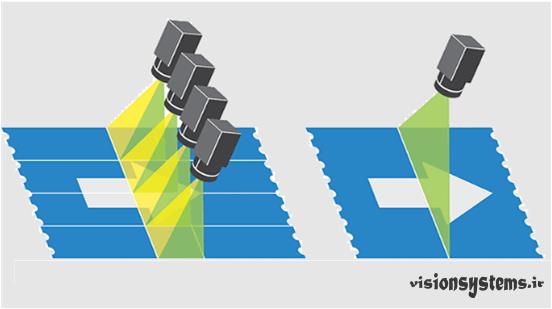
Consider a Line Scan camera with a resolution of 12k. One side of the image in this camera has 12000 pixels. As mentioned earlier, the number of pixels on the other side of the image can be determined using the software. Suppose we want the other side to have 10k pixels. In this case, we would have an image with dimensions of 12k by 10k. This is equivalent to an image from a 120-megapixel camera, while regular cameras typically have much lower maximum resolutions. For example, in Basler cameras, the maximum resolution is less than 45 megapixels in specific models and up to 12 or 20 megapixels in more general models.
Applications of Line Scan Cameras
In sports competitions, Line Scan cameras are used to determine the winner when several participants cross the finish line together. In machine vision, Line Scan cameras find applications in various scenarios. Generally, Line Scan cameras are used in continuous production lines, such as textile manufacturing lines where the ends of objects are not clearly defined. Moreover, Line Scan cameras are employed in cases where high-speed and high-quality image capture is required. Line Scan cameras have numerous other applications. Here, we review three major applications:
1. Image Capture of Long and Continuous Objects
In general, Line Scan cameras are used for capturing images of long and continuous objects. Nowadays, in factories for printing, glass production, or plastic manufacturing, the process of image capture in machine vision systems involves Line Scan cameras. As a general rule, when objects to be captured do not have a clear beginning or end, Line Scan cameras are used.
…
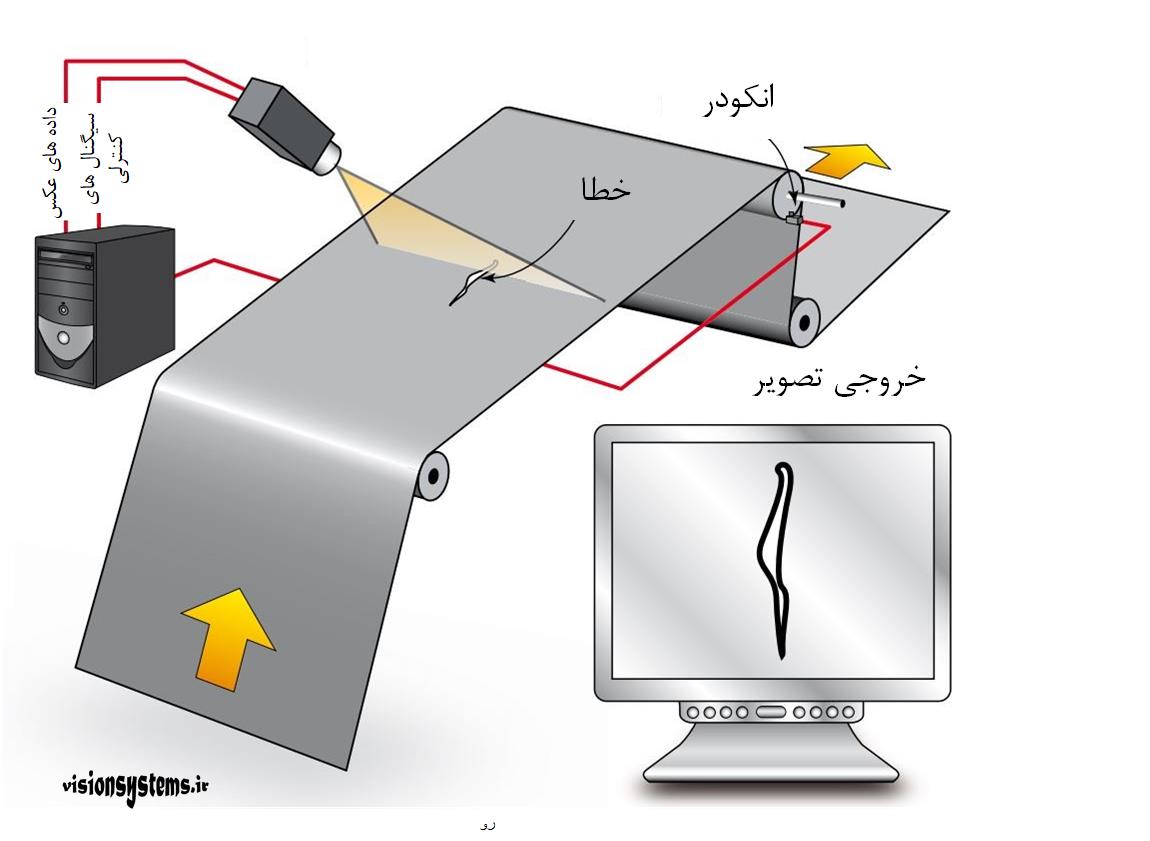
2- Image Capture When Space or Visibility is Limited
In some cases, due to various reasons, it’s not possible to capture an image with regular cameras. For example, consider the image below; here, we want to inspect the quality of a printed label on the bottom of a carton. As you can see, capturing the image with regular cameras is not possible because we cannot see the label completely. However, a Line Scan camera can easily capture the image line by line.
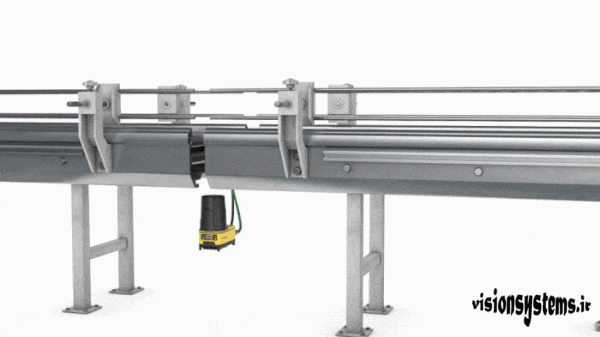
3- Image Capture of Cylindrical Objects
The animated image below demonstrates how to capture an image of a cylindrical object. The object rotates at a constant speed in front of the camera, and the camera scans the object line by line to eventually capture a complete image.
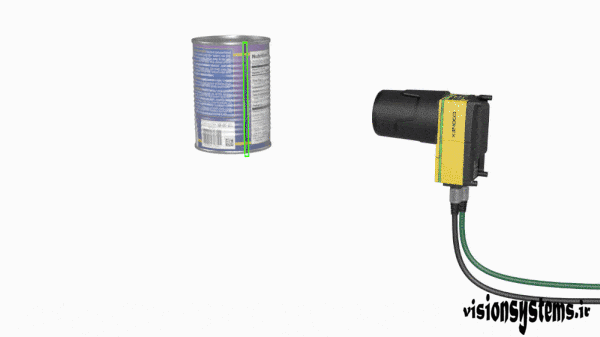
In the image below, a similar image of an ampoule is captured with a Line Scan camera.

Lighting in Line Scan Cameras
For image capture with Line Scan cameras, it’s not necessary to illuminate an area. Since the image in Line Scan cameras is taken line by line, it’s sufficient to illuminate only one line. Therefore, among various light sources in machine vision, Line Scan cameras only use bright linear lights. The image below shows a sample linear light used for Line Scan cameras.
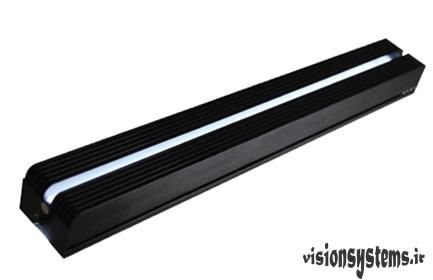
For lighting with Line Scan cameras, lighting techniques in machine vision can also be applied. In the image on the right, light shines from above onto the Line Scan line. On the left, light is cast from behind the camera, which is called Back Light. Back Light is used for transparent objects. In both cases mentioned, adjusting the angle of light radiation is crucial for proper image capture. For more information on lighting techniques in machine vision, click here.
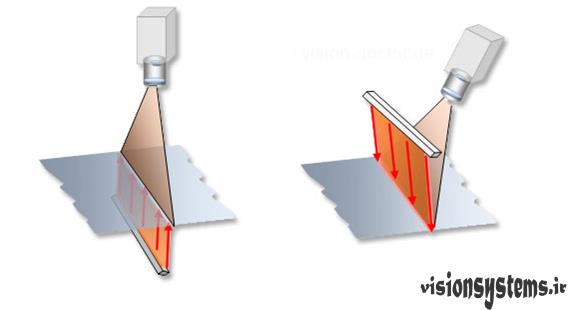
Eliminating Reflections with Proper Lighting in Line Scan Cameras
Suppose we want to inspect printing on a cylindrical object. To inspect printing on this cylindrical shape, we need to capture the image in a way that allows us to see the image on the cylindrical surface without reflections. For this purpose, we must direct the light source towards the object at an angle.
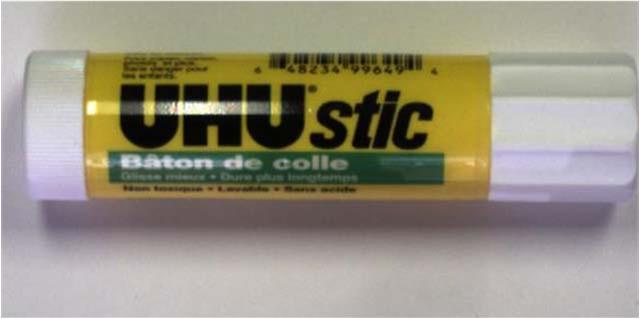
As seen in the image below, despite the label being glossy, there is no reflection on the image. This is because, in lighting using Line Scan lights, we illuminate only one line. Therefore, by adjusting the angle of light radiation, we can eliminate reflections and obtain higher-quality images.
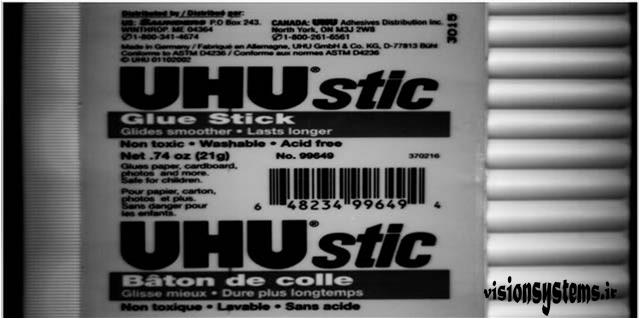
Types of Line Scan Cameras
As mentioned, Line Scan cameras have higher resolutions compared to regular cameras. Line Scan cameras can be either black and white or color. The technology for manufacturing color Line Scan cameras is more complex. Therefore, some manufacturers, such as Basler, produce only black and white cameras. Line Scan cameras, like other cameras used in machine vision, are divided into two categories:
- Line Scan Cameras
- Smart Line Scan Cameras
1- Line Scan Cameras
In non-smart Line Scan cameras, the camera is responsible only for image capture. In other words, the camera sends the image line by line to the computer. In this case, image processing is carried out by image processing software on the computer. One reputable manufacturer of Line Scan cameras is Basler. Basler’s Line Scan cameras are black and white with resolutions of 2k, 4k, 6k, 8k, and 12k. In the image below, you can see a Line Scan camera of the GigE type manufactured by Basler.
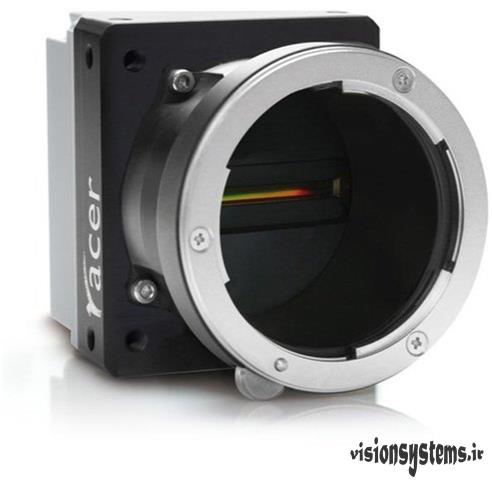
For image capture with Basler cameras (shown above), a lens is required. An image of a sample lens for these cameras is shown below.
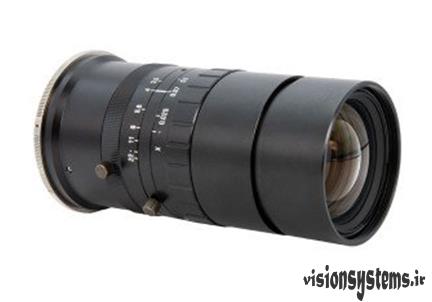
The image below displays a system for inspecting printing using a non-smart Line Scan camera. In this case, a Line Scan camera without intelligence is used. As seen in the image, the light source is inclined and shines from the front onto the product. In this system, the printed image is sent
2- Smart Line Scan Cameras
Smart Line Scan cameras in black and white are designed for specific applications such as inspecting prints. In Smart Line Scan cameras, both image capture and processing operations are performed inside the camera. The image below shows an example of a Cognex smart Line Scan camera. In Smart Line Scan cameras, there is no need for a separate computer and software. The programming operations for these cameras are done through their own software. To configure and program these cameras, you only need to connect them to a computer once, adjust their settings, and then they will be able to perform image capture and processing independently without the need for a computer.
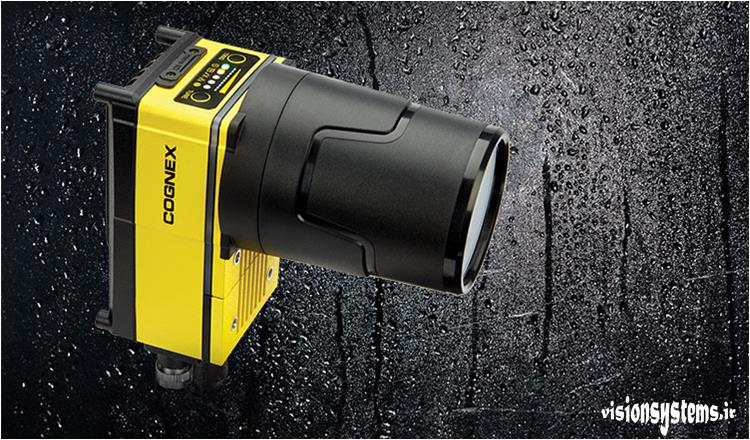
In this article, we have provided information about Line Scan cameras and how they work. You can consult with our specialized team in this field through consultation.
